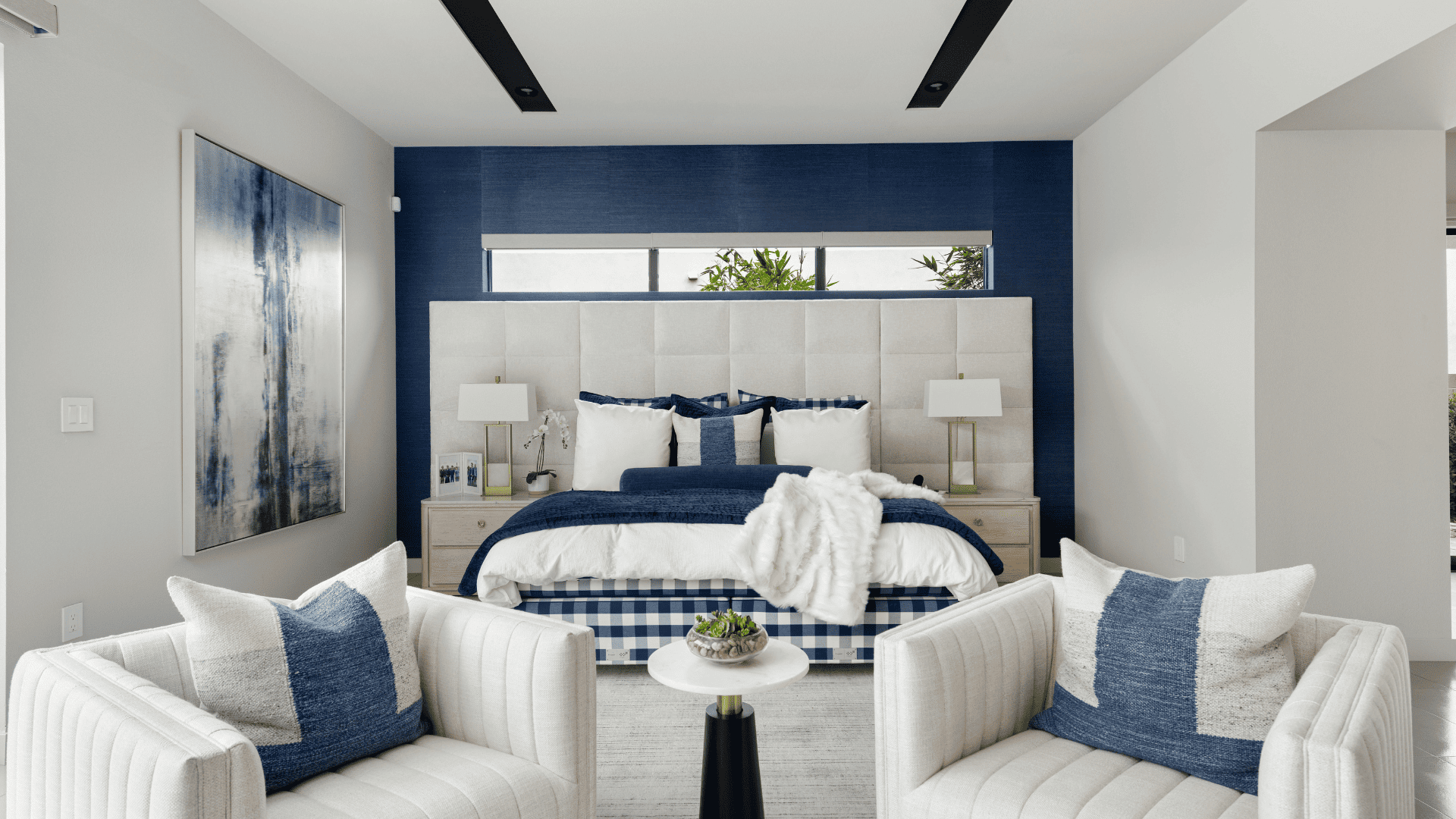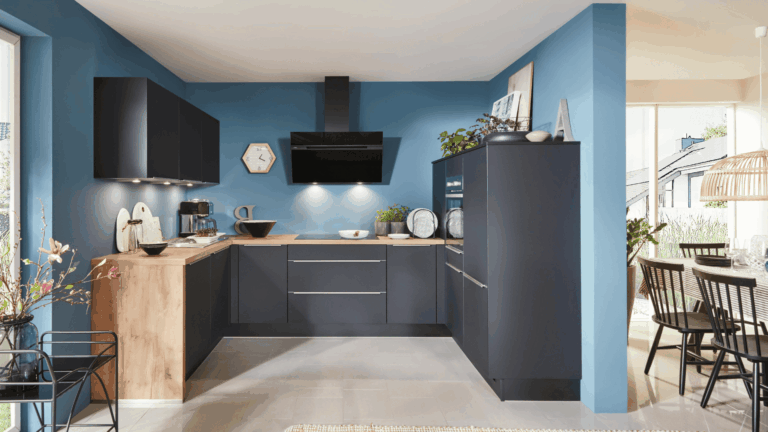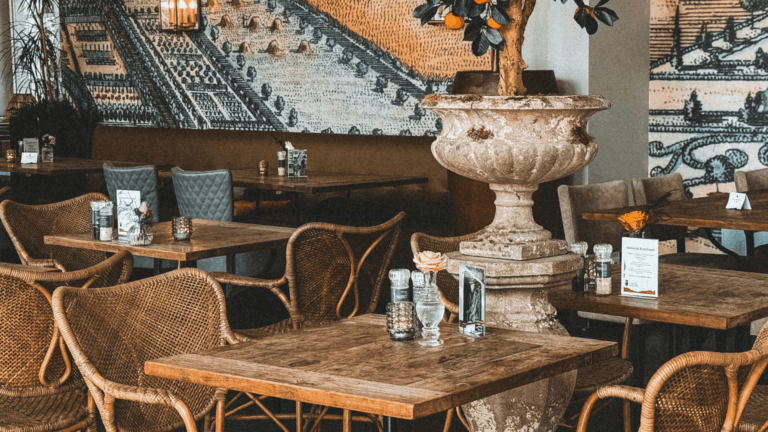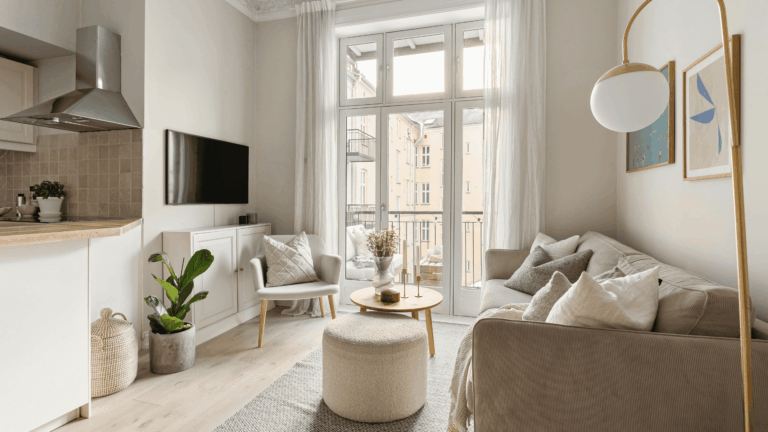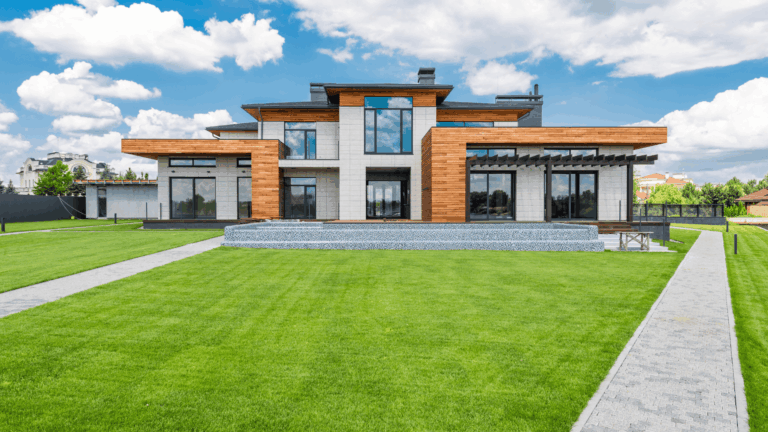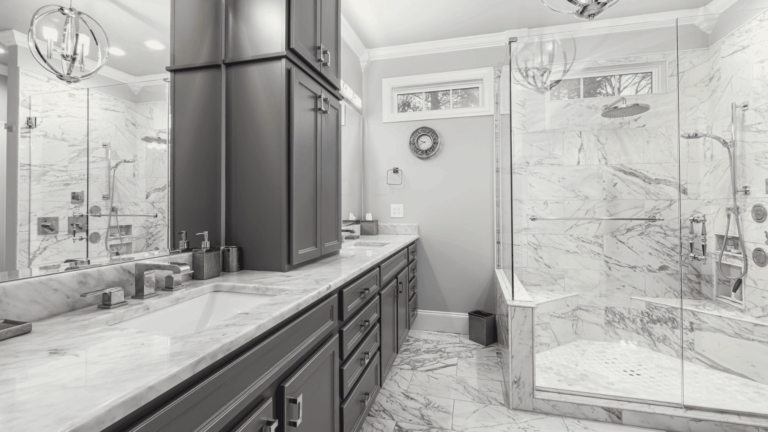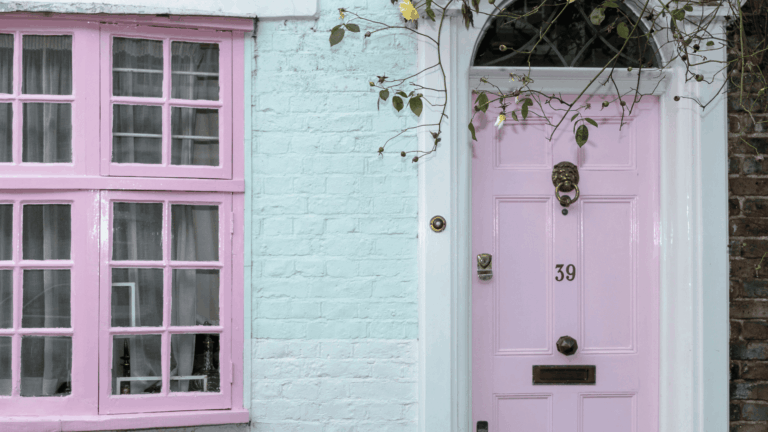10 Stunning Accent Wall with Molding Ideas to Transform Your Space
Discover how to create an elegant and timeless Accent Wall with Molding to elevate any room. Explore creative designs, expert tips, and step-by-step guidance to transform your walls with style and sophistication.
The Art of Transforming Walls with Molding
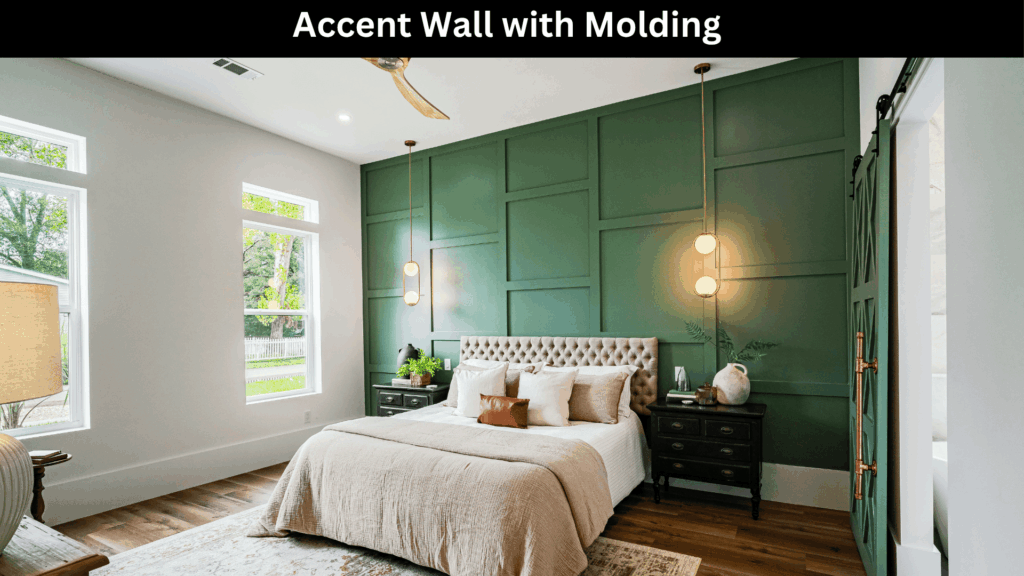
Walls are the silent storytellers of every room. They hold the whispers of laughter, the echoes of family dinners, and the brushstrokes of memory. Yet too often, we leave them bare and unremarkable — flat canvases yearning for depth and expression. Enter the accent wall with molding, the unsung hero of modern interior design.
This design technique, once a hallmark of stately manors and grand hotels, is making a triumphant return to homes everywhere. With a few well-placed moldings, you can give your walls an architectural soul — a sense of depth, shadow, and rhythm that transforms a simple surface into a statement of craftsmanship.
Whether your home sings in minimalist modern tones or whispers in rustic farmhouse charm, molding provides a timeless framework to tell your design story. And the best part? It’s accessible, customizable, and instantly elevating.
What Is an Accent Wall with Molding?
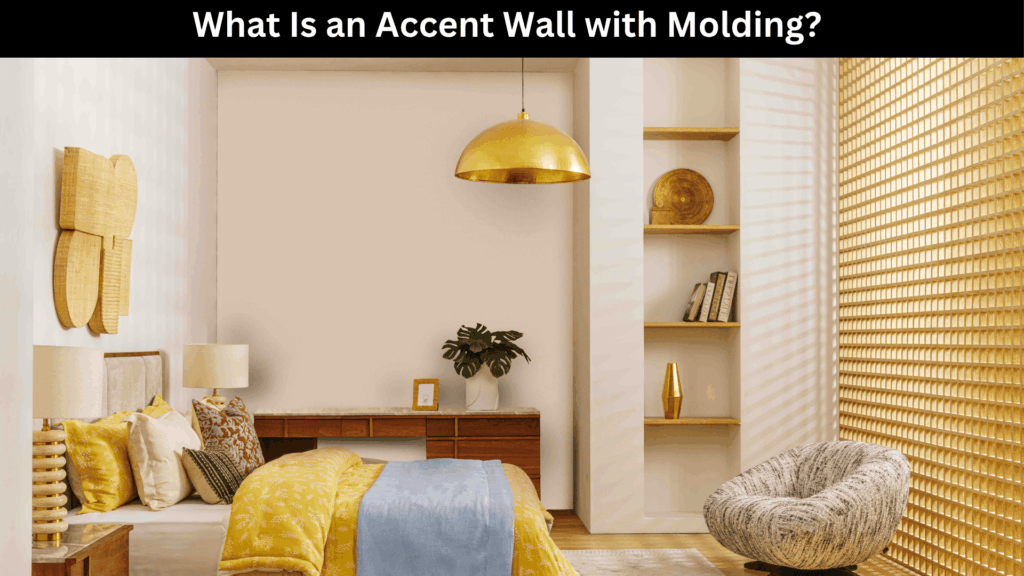
An accent wall with molding is a wall that combines color, texture, and three-dimensional trims to create a focal point in your space. Unlike standard accent walls that rely on paint or wallpaper alone, moldings introduce structure and geometry.
Imagine walking into a room where light grazes over raised rectangular panels or delicate latticework. The interplay between shadow and highlight creates a living, breathing work of art. These moldings can be wooden, MDF, or even foam — cut into various shapes and applied directly onto the wall.
The result? A fusion of modern minimalism and classical craftsmanship. Whether it’s sleek linear designs or ornate wainscoting, molding creates visual rhythm and personality in a way plain walls simply can’t.
The Power of Dimension: Why Molding Makes a Difference
Flat walls often feel static, while molded accent walls introduce energy and movement. The depth of the trim catches light differently throughout the day, making your space feel dynamic and alive.
Psychologically, texture adds warmth and sophistication. It creates a subconscious sense of balance and structure — elements that make a room feel intentionally designed. A single molding wall can redefine proportions, make ceilings appear higher, and infuse even a neutral palette with luxurious undertones.
In short: molding doesn’t just decorate; it architects emotion.
Types of Molding Used for Accent Walls
Different molding types serve different design goals. Choosing the right one sets the tone for your entire space.
Crown Molding
Crown molding, sitting gracefully where the wall meets the ceiling, acts like a crown for your room. It draws the eye upward, adding grandeur and a sense of height.
Wainscoting and Chair Rail Molding
Wainscoting panels — often used on the lower half of a wall — offer timeless charm. Pair them with a chair rail to protect walls and visually break up the height of the space.
Picture Frame and Panel Molding
Perfect for creating symmetrical, elegant designs. Picture frame molding brings order and refinement, turning any wall into a gallery-worthy display.
Baseboard and Batten Molding
For a sleek, modern touch, opt for batten moldings that run vertically. They add linear drama and structure while maintaining simplicity.
Design Inspirations: Accent Wall with Molding Ideas by Style
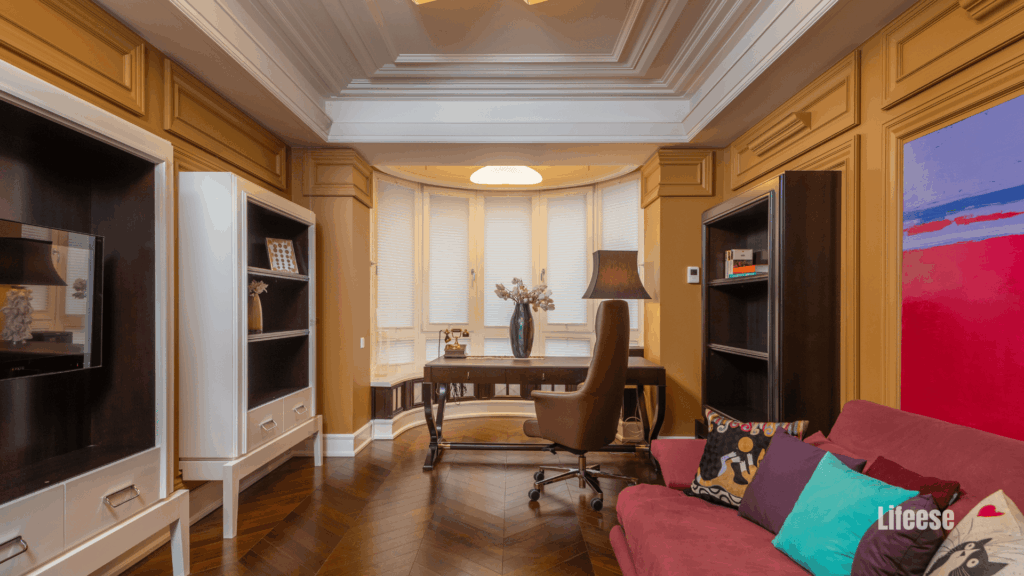
Modern Minimalist Molding Designs
Think crisp lines, geometric grids, and soft monochromes. A black wall with thin white trim feels bold yet balanced.
Traditional and Classic Paneling Styles
Channel the sophistication of old European estates with intricate square or rectangular frames painted in ivory or pale blue.
Contemporary Contrast Walls
Pair deep navy moldings with brass fixtures, or combine matte black with cream furniture for striking visual contrast.
Rustic and Farmhouse Wall Moldings
Use woodgrain molding in warm oak or walnut. It brings texture and coziness, especially when paired with vintage lighting or linen décor.
Choosing the Right Materials for Your Molding Wall
Molding materials affect both the appearance and longevity of your design.
Wood
Natural wood exudes authenticity and can be stained or painted, but it’s more expensive and sensitive to humidity.
MDF (Medium-Density Fiberboard)
Budget-friendly and easy to cut. Perfect for painting and interior installations.
Polyurethane or Foam Molding
Lightweight and easy to install. Ideal for DIYers and rental spaces.
Durability and Maintenance Factors
Wood may warp; MDF can chip; polyurethane offers durability with low maintenance.
Eco-Friendly Options
Seek moldings made from recycled fibers or sustainably sourced wood for an environmentally conscious design.
Planning Your Accent Wall Project
Before you cut a single strip, plan meticulously.
Measuring and Sketching Your Layout
Use graph paper or digital design tools to map your wall. Decide how large or small your molding patterns should be.
Selecting Paint Colors and Finishes
Gloss paints reflect light and highlight details; matte finishes lend a soft sophistication.
Essential Tools and Supplies Checklist
You’ll need:
- Measuring tape
- Miter saw
- Level
- Construction adhesive
- Paint and primer
- Finishing nails
- Caulk gun
Preparation is 80% of perfection.
DIY vs. Professional Installation: Which Is Right for You?
DIY Advantages
- Cost-effective
- Customizable at your own pace
- Creative satisfaction
Professional Installation Advantages
- Precision cuts
- Seamless finishes
- Time-saving convenience
If you’re handy with tools, DIY can be rewarding. But for intricate patterns or large walls, professionals deliver flawless symmetry.
Common Mistakes to Avoid
- Misaligned moldings
- Gaps left uncaulked
- Poor paint adhesion due to skipping primer
Measure twice, cut once — a golden rule in every builder’s book.
Accent Wall Color Combinations That Work
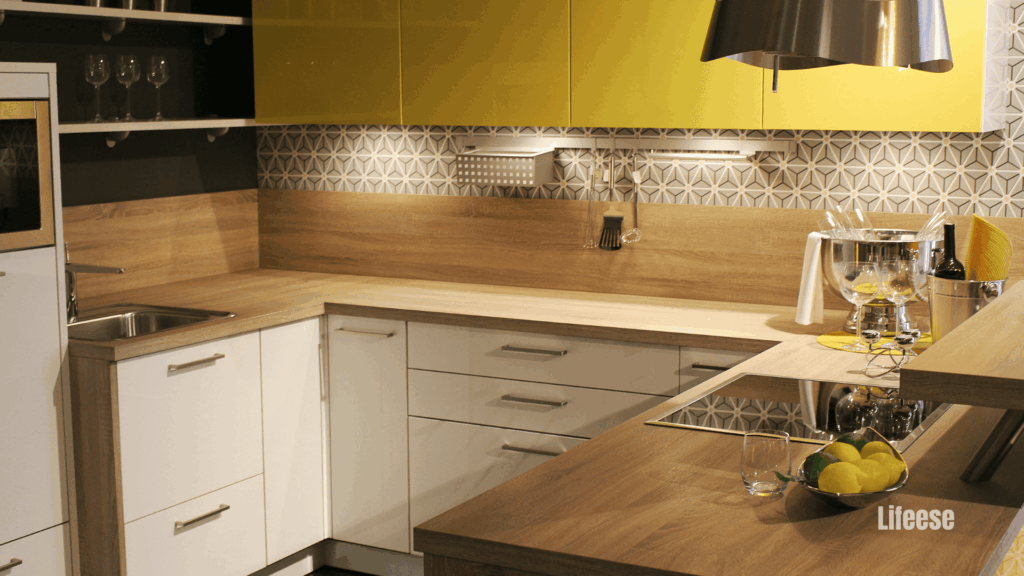
Color amplifies your molding’s presence.
Neutral and Subtle Shades
Whites, greys, and creams create calm, airy spaces. They’re ideal for bedrooms and minimalist interiors.
Bold and Dramatic Tones
Deep green, midnight blue, or charcoal lend drama. Perfect for home offices or dining rooms where ambiance matters.
Paint everything — moldings included — in one solid color for a sculptural, monochromatic effect.
Lighting and Decor Pairings for Molding Walls
Light defines the character of your accent wall.
Wall Sconces and Accent Lighting
Install sconces beside your molding patterns. Shadows emphasize the wall’s three-dimensionality.
Complementary Furnishings and Art
Keep décor minimal so your wall remains the hero. Large mirrors, abstract paintings, or even simple console tables enhance the molding’s impact.
Maintenance and Longevity Tips
Routine Care Practices
Dust regularly using a microfiber cloth. Repaint when necessary to retain a fresh look.
Long-Term Upkeep
Watch for cracks in caulk lines and repaint high-traffic areas every few years. Well-maintained molding can last decades.
Budgeting for Your Accent Wall Project
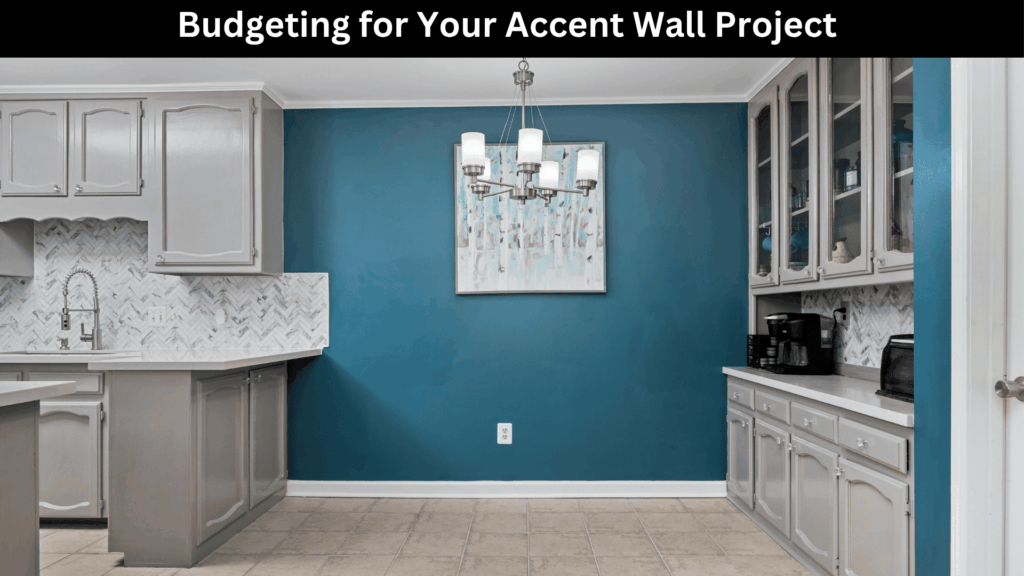
Material and Labor Costs
- MDF: $1–$3 per linear foot
- Wood: $3–$8 per linear foot
- Professional installation: $300–$800 depending on size
Budget-Friendly Alternatives
For tighter budgets, try peel-and-stick molding strips or paint optical illusions mimicking panel shapes.
FAQS
Is molding suitable for small rooms?
Absolutely. Vertical or narrow patterns elongate walls, making rooms appear taller.
Can molding work on textured walls?
Yes, but smooth the surface first with a skim coat for best adhesion.
What paint finish works best?
Satin or semi-gloss paints accentuate details and are easier to clean.
Can I mix different molding styles?
You can — just maintain consistent proportions and symmetry.
How long does installation take?
A DIY project may take 1–2 days, while professionals can complete it in a few hours.
What’s the best way to remove molding later?
Use a utility knife to score caulk lines, then gently pry with a putty knife to prevent wall damage.
Conclusion
A well-crafted Accent Wall with Molding is more than a decorative choice; it’s an artistic investment in your home’s personality. With thoughtful planning, the right materials, and a touch of creativity, you can create a space that feels both structured and soulful.
